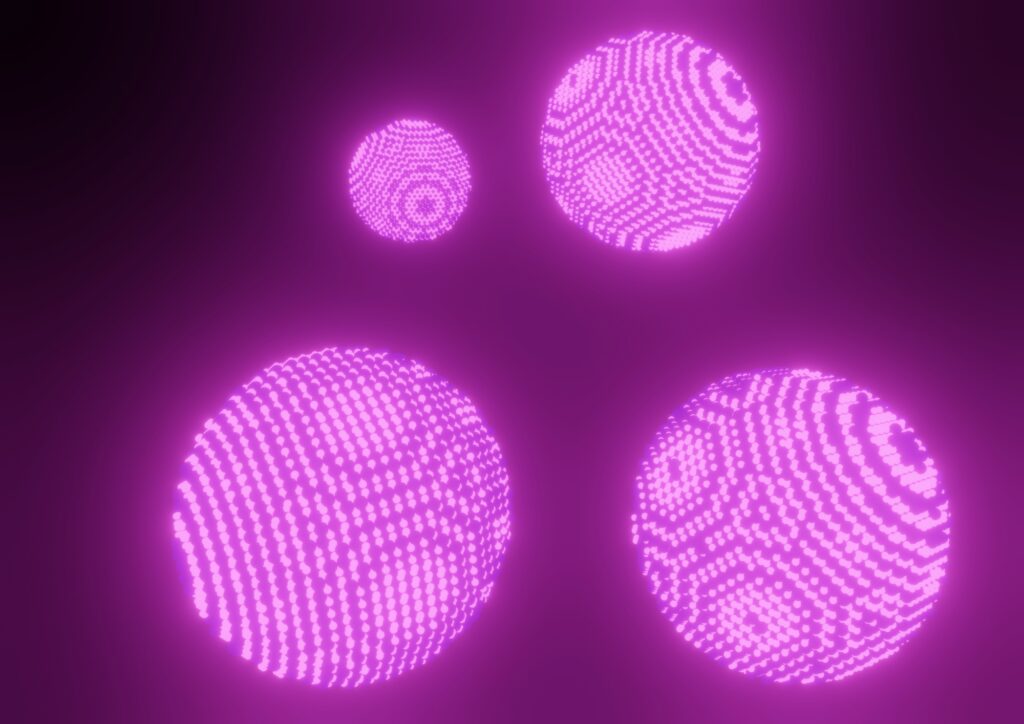
For the first time, scientists and engineers have observed in real time how two types of nanoparticles made from different materials combine into new composite materials.
The findings, reported by a team led by the University of Pennsylvania and University of Michigan, could help engineers have more control over the assembly of materials that combine the desirable properties of each particle, such as photoluminescence, magnetism, and the ability to conduct electricity.
“Figuring out how these materials react with one another will allow us to build a more comprehensive library of the structures they can form when they combine,” says Christopher Murray, a Penn Integrates Knowledge University Professor with appointments in the School of Arts & Sciences and School of Engineering and Applied Science and a senior author of the study published in Nature Synthesis.
The composite structures are a type of binary nanocrystal superlattice and could be used for electronic and optical devices as well as energy production and storage.
“Combining photoluminescent and magnetic nanoparticles, for example, could allow you to change the color of a laser using a magnetic field,” says Emanuele Marino, a co-first author of the paper and a former postdoctoral researcher in the Murray laboratory.
Engineers typically create binary nanocrystal superlattices by mixing nanoparticle building blocks in a solution and letting a droplet of the solution dry. As the droplet shrinks, the particles combine into the desired superstructures. Engineers then hit the crystals with X-rays to see the resulting nanocrystal structures. Each crystal structure scatters X-rays in a unique pattern, which serves as a fingerprint to identify the crystals.
Seeing how those crystals assemble in real time has been a scientific challenge because they form too fast for most X-ray scattering techniques. Without seeing steps leading to the final structure, scientists are left guessing how their nanocrystal mixtures lead to superstructures.
This story was written by Nathi Magubane. To read the full article, please visit Penn Today.
